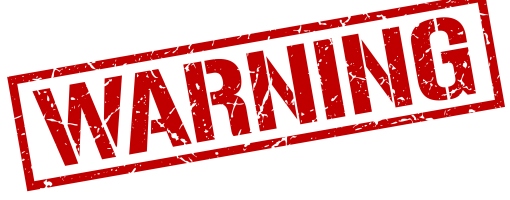YouTube has prohibited election advertisements directly endorsing political candidates from appearing on the masthead spot on its homepage.
The masthead is the highly visible banner running on top of the YouTube homepage.
In 2020, the masthead cost around $2 million a day to advertise on, according to the New York Times.
Former US president Donald Trump purchased the coveted top slot for three days during the 2020 US presidential election, drawing criticism from the Democratic Party.
The online video giant also banned advertisements for alcohol, gambling, or prescription drugs, and will review advertisements on other political issues on a case-by-case basis.
Advertisements on these topics are still allowed on other sections of YouTube or other Google-owned platforms.
In December 2020, YouTube introduced features which allowed users to stop themselves receiving advertisements for alcohol or gambling and in July 2020 it banned advertisements promoting coronavirus conspiracy theories.
In May, the UK government unveiled a draft of new internet laws which will give Ofcom the power to fine technology companies such as YouTube up to £18 million, or ten per cent of annual turnover, if they fail to deliver a duty of care.
Under the new regulation, social media sites, websites, apps, and other services hosting user-generated content or allowing people to talk to others online, must remove and limit the spread of illegal and harmful content such as child sexual abuse, terrorist material, and suicide content.
Google reported $6 billion in advertising revenue for the first quarter of 2021, a 50 percent year-over-year growth.
"We regularly review our advertising requirements to ensure they balance the needs of both advertisers and users," said a Google spokesperson in a statement to advertisers. "We believe this update will build on changes we made last year to the masthead reservation process and will lead to a better experience for users."
Latest News
-
US pauses UK tech prosperity deal over wider trade disputes
-
Ofcom investigates BT and Three after summer outages disrupted 999 calls
-
Monzo announces plans to buy digital mortgage broker Habito
-
Technology secretary launches Women in Tech Taskforce
-
Asahi weighs dedicated cybersecurity unit after ransomware disruption
-
Crypto exchange HashKey ‘raises $206m’ in Hong Kong IPO
The future-ready CFO: Driving strategic growth and innovation
This National Technology News webinar sponsored by Sage will explore how CFOs can leverage their unique blend of financial acumen, technological savvy, and strategic mindset to foster cross-functional collaboration and shape overall company direction. Attendees will gain insights into breaking down operational silos, aligning goals across departments like IT, operations, HR, and marketing, and utilising technology to enable real-time data sharing and visibility.
The corporate roadmap to payment excellence: Keeping pace with emerging trends to maximise growth opportunities
In today's rapidly evolving finance and accounting landscape, one of the biggest challenges organisations face is attracting and retaining top talent. As automation and AI revolutionise the profession, finance teams require new skillsets centred on analysis, collaboration, and strategic thinking to drive sustainable competitive advantage.
© 2019 Perspective Publishing Privacy & Cookies











Recent Stories